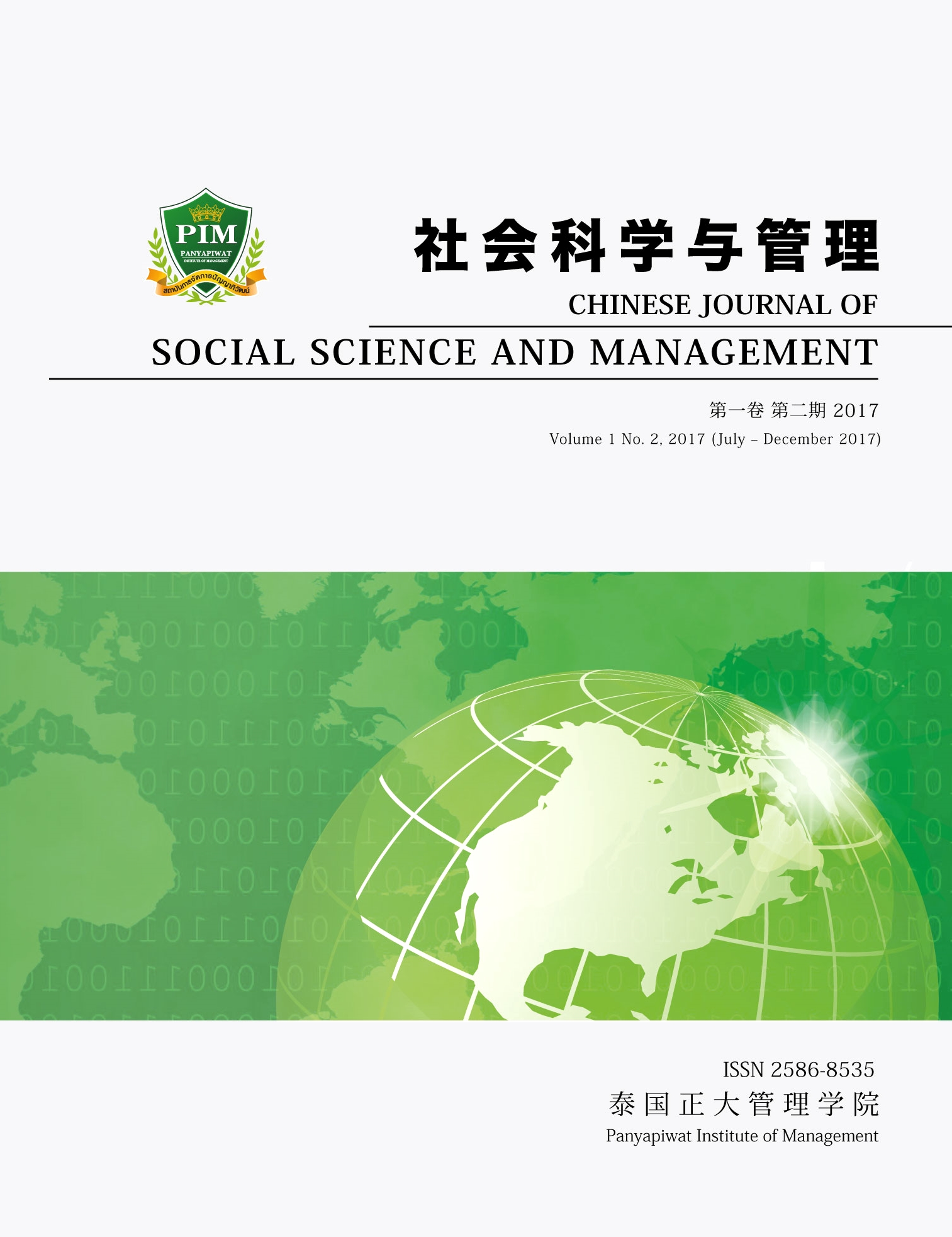RESEARCH ON OPTIMIZATION STRATEGY OF LD COMPANY’S LOGISTICS DISTRIBUTION ROUTE
Main Article Content
Abstract
Vehicle logistics occupies a very important position in automobile manufacturing cost. In the
increasingly competitive current LD company has to reduce the cost through logistics distribution path
optimization. Firstly, this paper constructs VPN model. The model is solved by the mileage saving
method. Then, the model and the algorithm are optimized by calling the distribution of a dealer in a
certain area of LD company as an example. Finally, the optimization results are obtained.
After optimization, the number of vehicle distribution vehicles reduced from 3 to 2, the distribution
path saved 130 km, vehicle purchase, repair and maintenance, oil, labor, road costs and so on have
varying degrees. This model can greatly save the transport path and reduce the logistics cost . Through
verification , this model can be extended in the LD company in order to improve the logistics distribution
efficiency of LD company .
Article Details
Chinese Journal of Social Science and Management Editorial Division
The Office of Research and Development, Panyapiwat Institute of Management
85/1 Moo 2, Chaengwattana Rd., Bang Talat, Pakkred, Nonthaburi 11120, Thailand
Tel. 02 855 01048 E-mail: cjssm@pim.ac.th
References
Baldacci, R., Mingozzi, A. & Roberti, R. (2012). Recent exact algorithms for solving the vehicle routing problem under capacity and time window constraints. European Journal of Operational Research, 218(1), 1-6.
Chen, P., Huang, H. & Dong, X. (2011). Iterated variable neighborhood descent algorithm for the capacitated vehicle routing problem. Expert Systems With Applications, 37(2), 1620-1627.
Clarke, G. & Wright, J. W. (1964). Scheduling of vehicles from a central depot to a number of delivery points. Operations Research, 12(4), 568-581.
Dantzig, G. B. & Ramser, J. H. (1959). The Truck Dispatching Problem. Management Sic, 6(1), 80-91.
Dorigo, M., Maniezzo, V. & Colorni, A. (1996). Ant system: optimization by a colony of cooperating agents. IEEE Transactions on Systems Man and Cybernetics, 26(1), 29-41.
Fuellerer, G., Doerner, K. F., Hartl, R. F. & Iori, M. (2009). Ant colony Optimization for the two dimension all loading vehicle routing problem. Computer & Operations Research, 36(3), 655-673.
Gendreau, M., Hertz, A. & Laporte, G. (1994). A Tabu Search heuristic for the vehicle routing problem. Management Science, 40(10), 1276-1290.
Lee, C. G., Epelman, M. A., White, C. G. & Bozer, Y. A. (2006). Path approach to the multiple-vehicle routing problem with split pickups. Transportation Research Part B, 40(4), 265-284.
Nikolakopoulos, G., Kortesis, S. & Synefaki, A. (2004). Solving a Vehicle Routing Problem by Balancing the Vehicles Time Utilization. European Journal of Operational Research, 152(2), 520-527.
Torki, A., Somhon, S. & Enkawa, T. (1997). Competitive neural network algorithm for solving vehicle routing Problem. Computers and Industrial Engineering, 33(3-4), 473-476.


